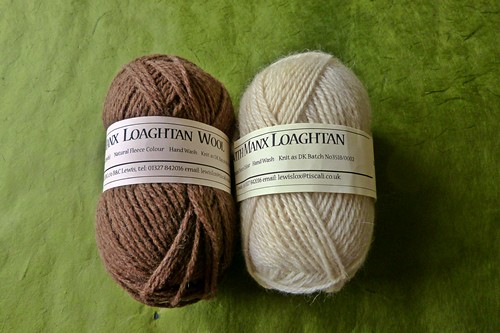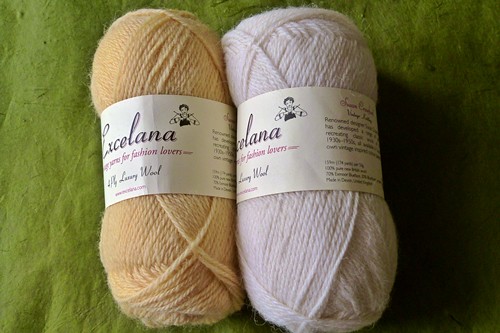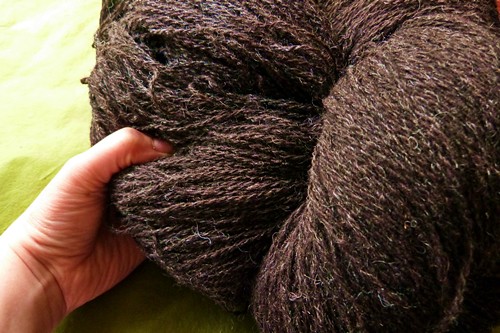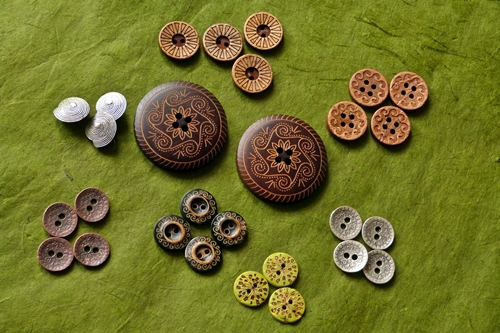Knitting has undergone a quiet revolution in recent years. When I first got back into knitting, we had all sorts of fibres available to us: silk, cotton, bamboo, pineapple, banana, milk and .. well, wool. Some yarns stated they were merino wool but most yarns just said wool. If you are a keen knitter, you may have noticed that has changed. Thanks to the tireless efforts of people like Clara Parkes and Deb Robson, us ordinary knitters now understand that wool is not just wool. There are many different sheep breeds - each offering their own particular type of fleece which has its own properties. Some breeds have a lot of lustre, other breeds have very strong fibres etc. We also talk about knitting local (Ms Knit British is exceptionally vocal about this!) and we are beginning to understand that what different wools have to offer. Here in the UK we are lucky enough to have companies like Blacker Yarns that are truly passionate about all the different sheep breeds around us and what they have to offer a hand-knitter.
This blog post has been a long time in the making: I am passionate about making people think about what yarns they are using and how different yarns act differently; I am also passionate about making sure my yarn has not travelled more times around the globe than I have; I also worry about animal welfare and the provenance of fibres. These things matter to me as a knitter.
So, I was sent a small sample of Blacker Yarns' new yarn, Tamar - a mix of Teeswater, Leicester Longwool and Wensleydale. I wound it by hand because I wanted to feel its handle before I started working with it. It has a certain stickiness to it which I found interesting given its description of having drape and lustre. I am not a spinner and words like drape and lustre made me think of silk. Tamar was definitely not silky as I wound it.
Then I began knitting with it. I started out using the stitch pattern I also used for Frances Herself - a small motif with a stocking stitch centre encircled by decreases. Tamar responded beautifully with a touch of halo. Then I switched to stocking stitch and I saw why the yarn was described by having drape and lustre. It flowed off the needles with a cheery little kick. I liked the fabric. Finally I did some rows in garter stitch. This was probably my favourite knitting experience. The yarn produced a light fabric with a lot of bounce, but crucially the drape was still there.
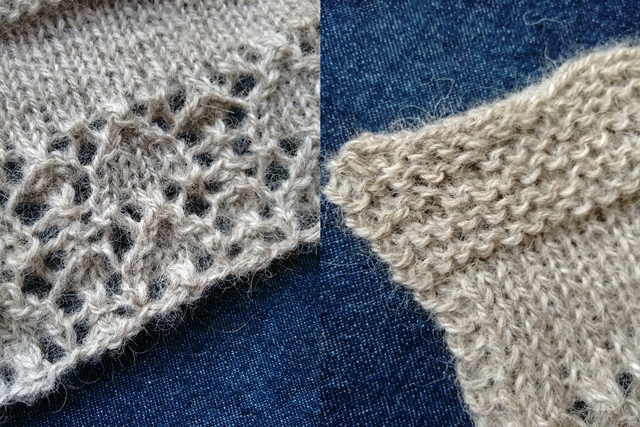
Let me explain.
If you are working with garter stitch, you usually end up with quite a dense, bouncy fabric which stays put. You have to compensate for the density by switching up needle sizes (e.g. if you are working a shawl in garter stitch and you want to introduce some drape - this is where designers' yarn suggestions are crucial). I was so pleased when I realised that Tamar retained its drape despite the bouncy garter stitch. As a designer, that is really rather cool. I sat thinking how I'd respond to the yarn during the design process. I wouldn't need to make as many compromises on my needle size which meant I could be slightly more particular about design features. It's always joyful when a yarn provokes such responses in you.
The palette of the yarn is beautiful. The grey tone of the Leicester Longwool gives the dyed shades a really lovely muted look. I also like the range of colours. It feels wonderfully well worked out with dark, mid-, and light tones all represented. This is perfect for colourwork purposes and I really appreciate when a yarn company takes that into account.
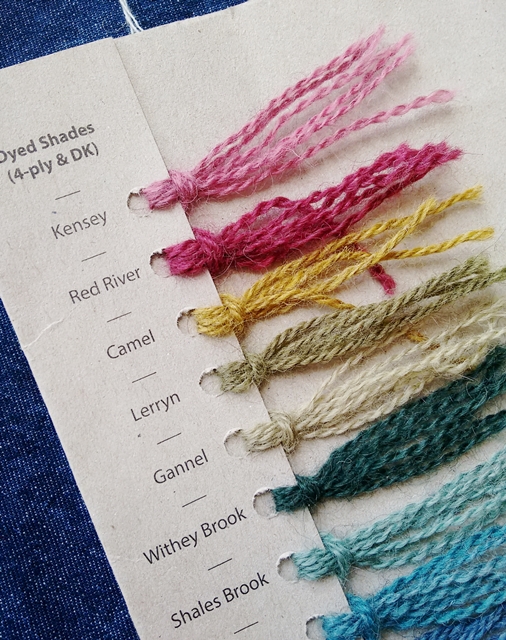
Verdict?
Tamar is a beautiful, beautiful yarn. It is fantastic to see Blacker Yarns continuing to develop yarns that are breed-specific and take the knit local ethos seriously. It is also fantastic to see a yarn that feels so very, very thoughtful. As a knitter I feel very fortunate; as a designer, I find it incredibly exciting.
And just because I sometimes get the urge to say it: I don’t do sponsored content. I carry a strict policy on what I review and write about. I need to fall in love with something before I decide to write about it. I was sent a small sample of Tamar by Blacker Yarns, but that is not why I wrote this blog post. I wrote it because I fell in love. It's that straightforward.
PS. If you are neither in the States nor in the UK, I am very sure you also have local sheep breeds. I urge you to do your own research and see what your local yarn companies are doing. Some places have very ancient sheep breeds - like Iceland, the Faroes, and Norway - but I would love to know more about other parts of the world. Please leave a comment telling me about your local sheep and yarns!

